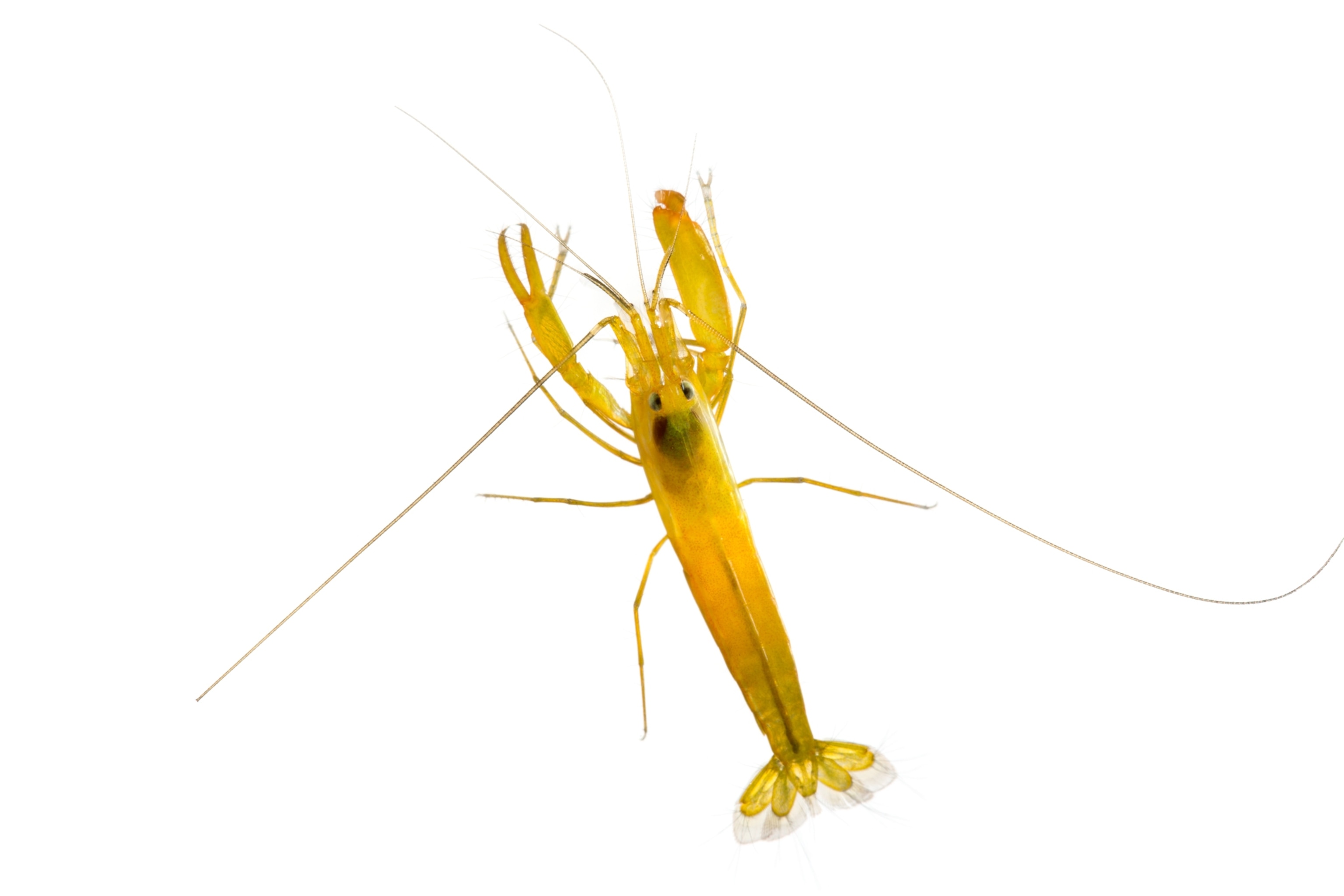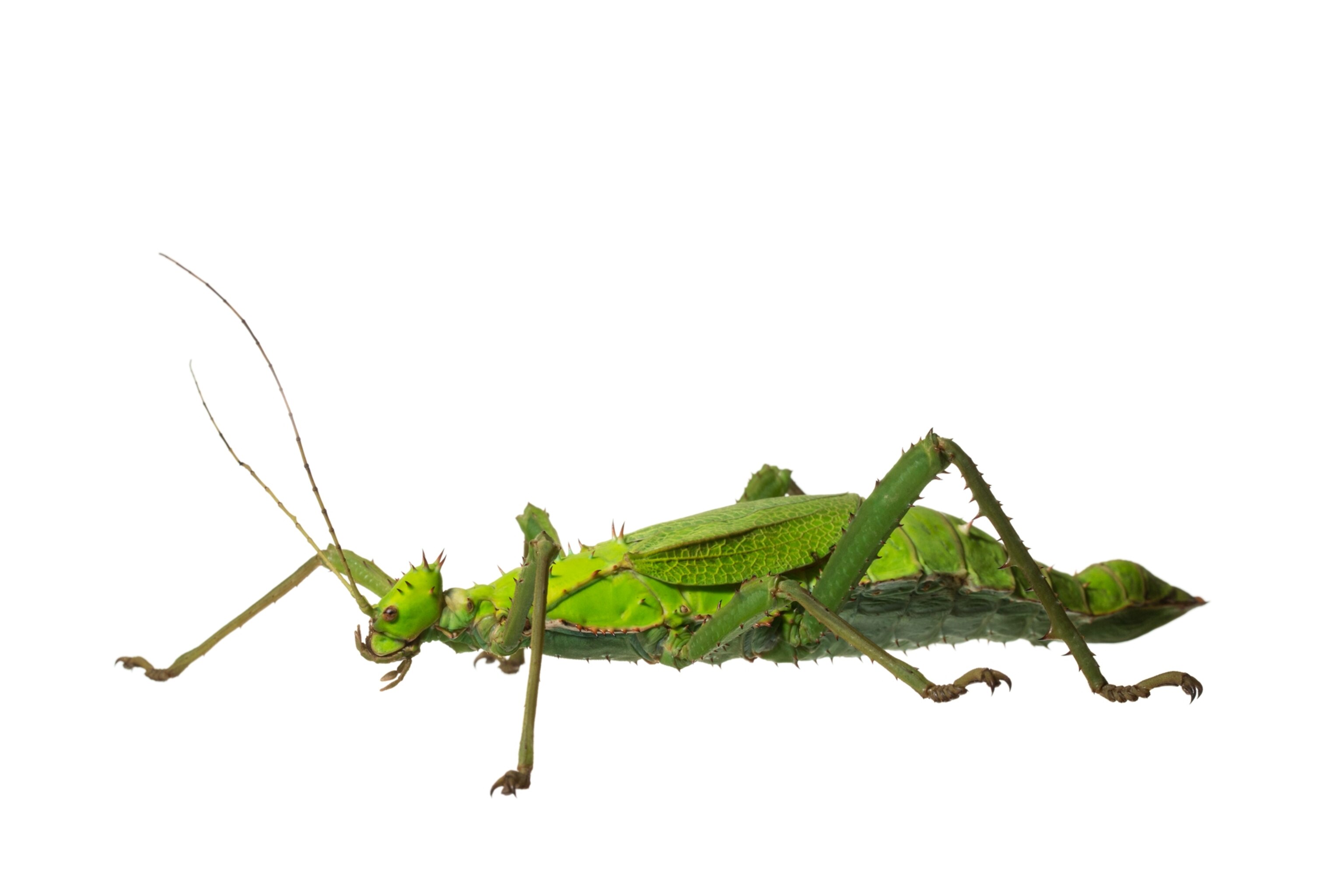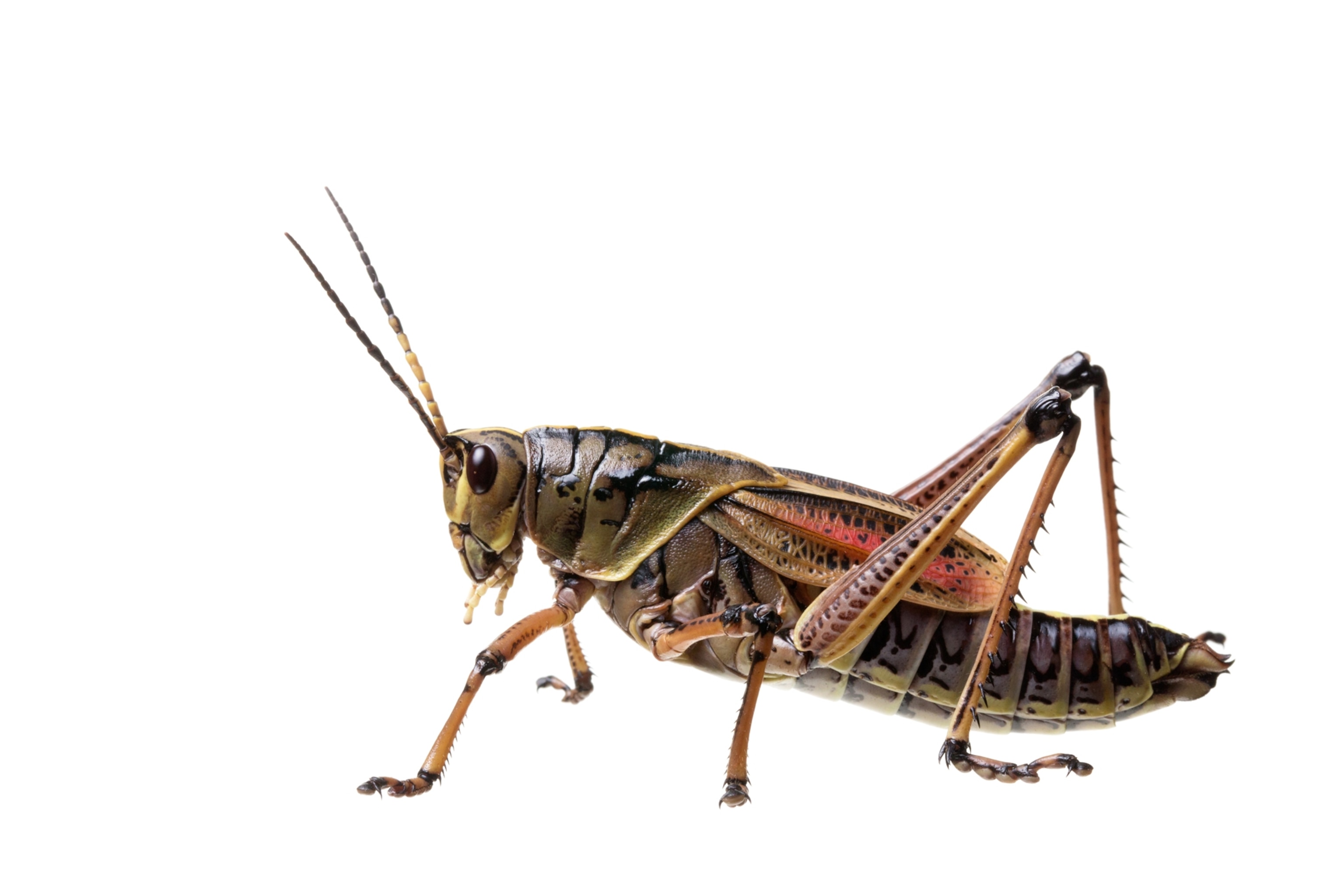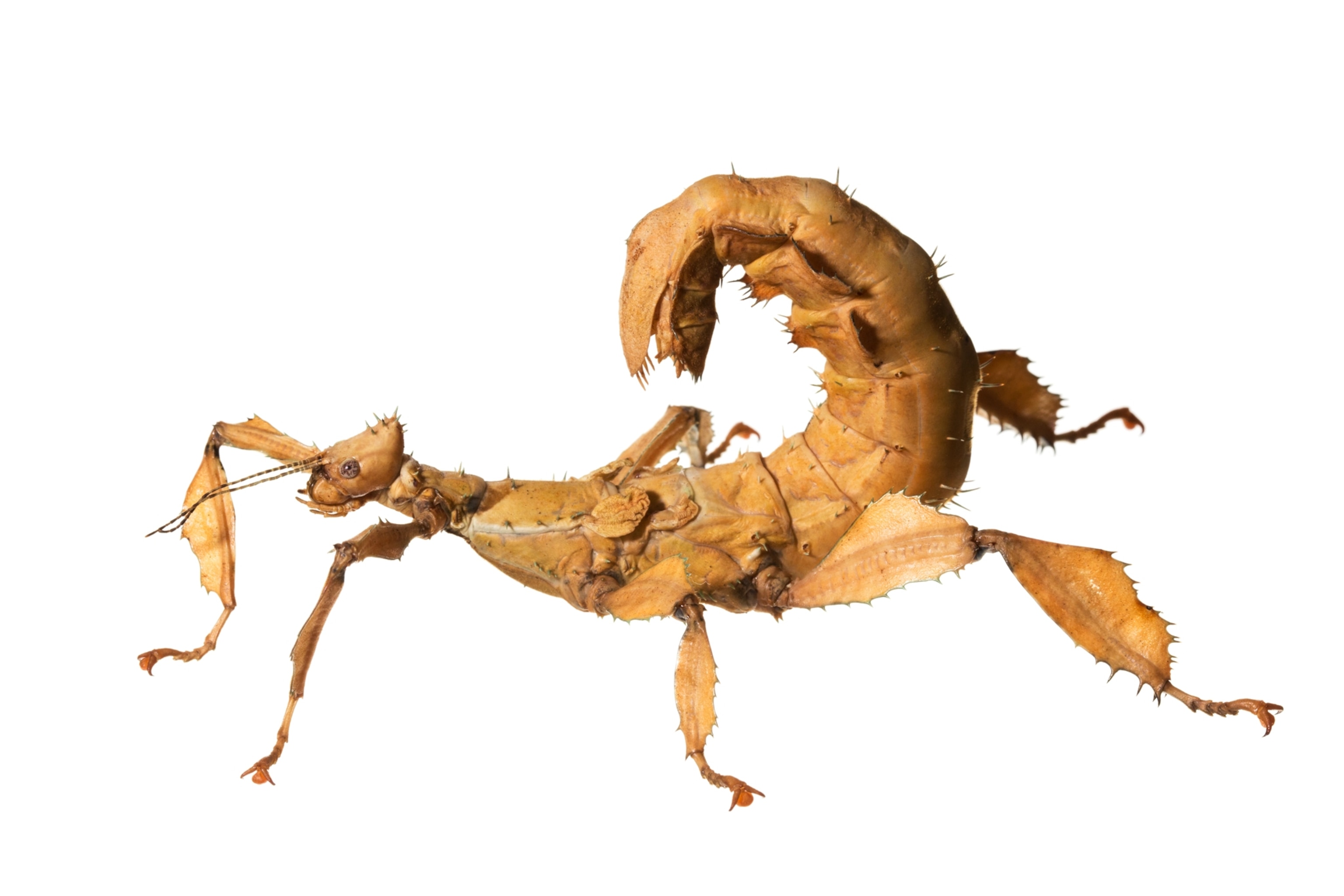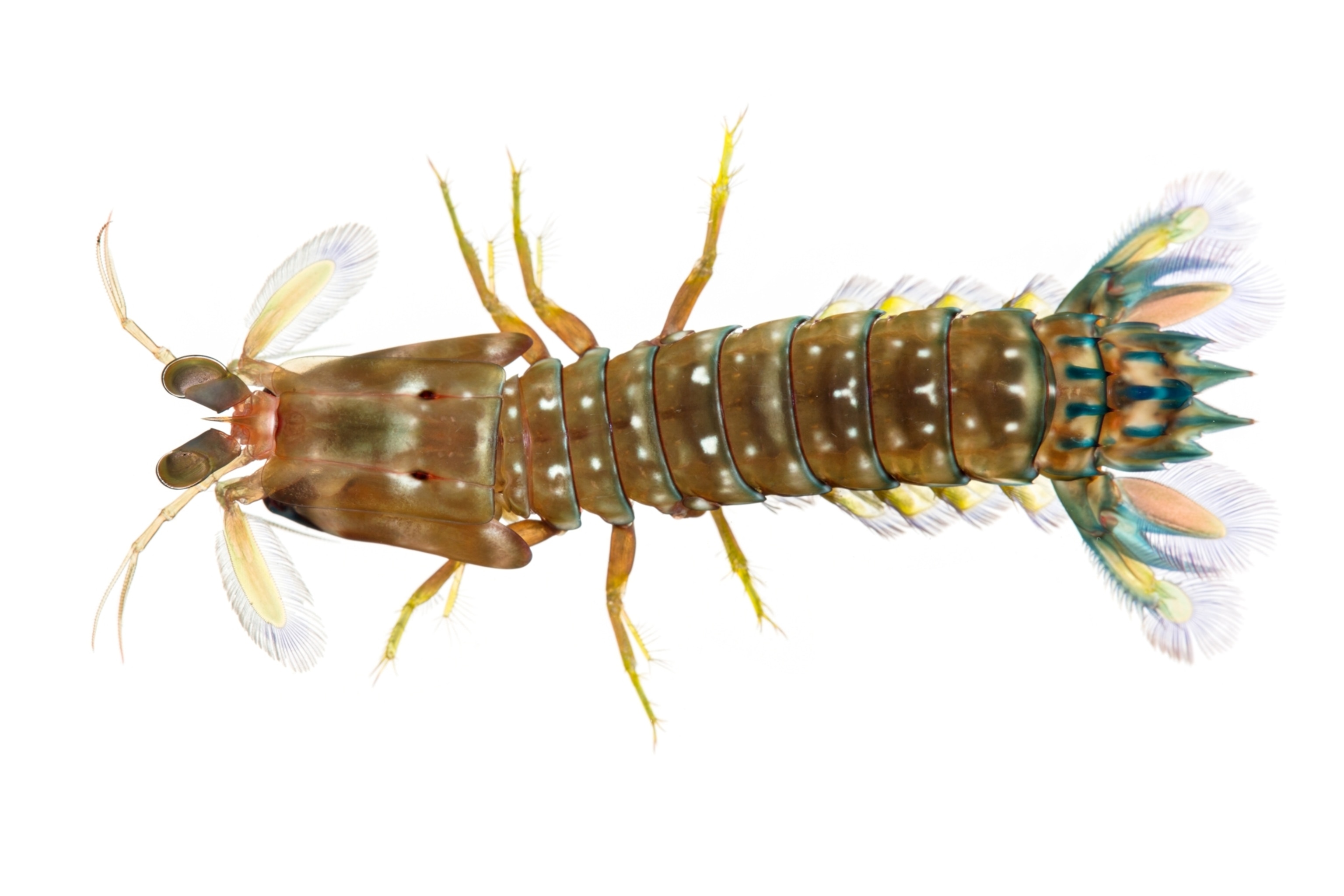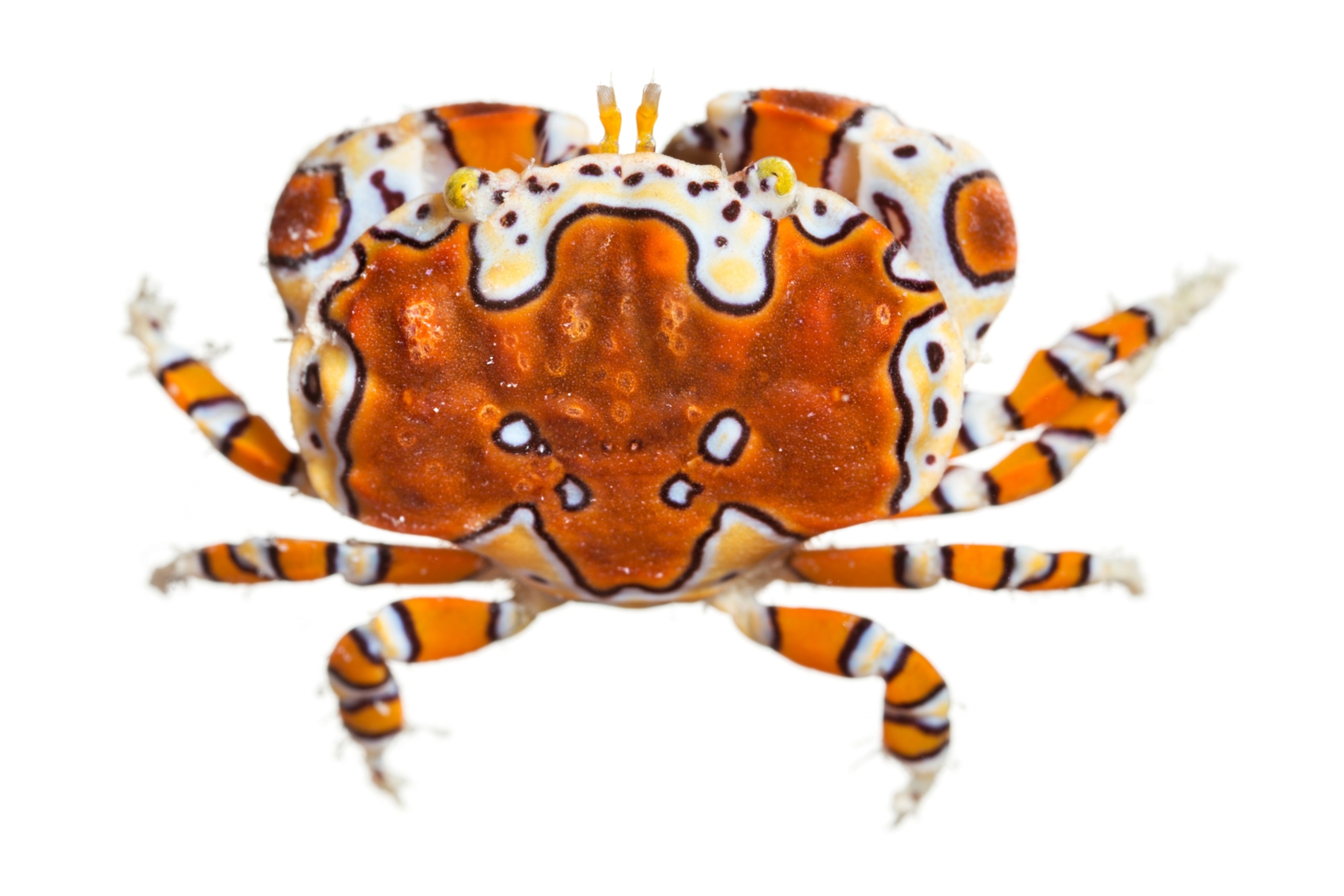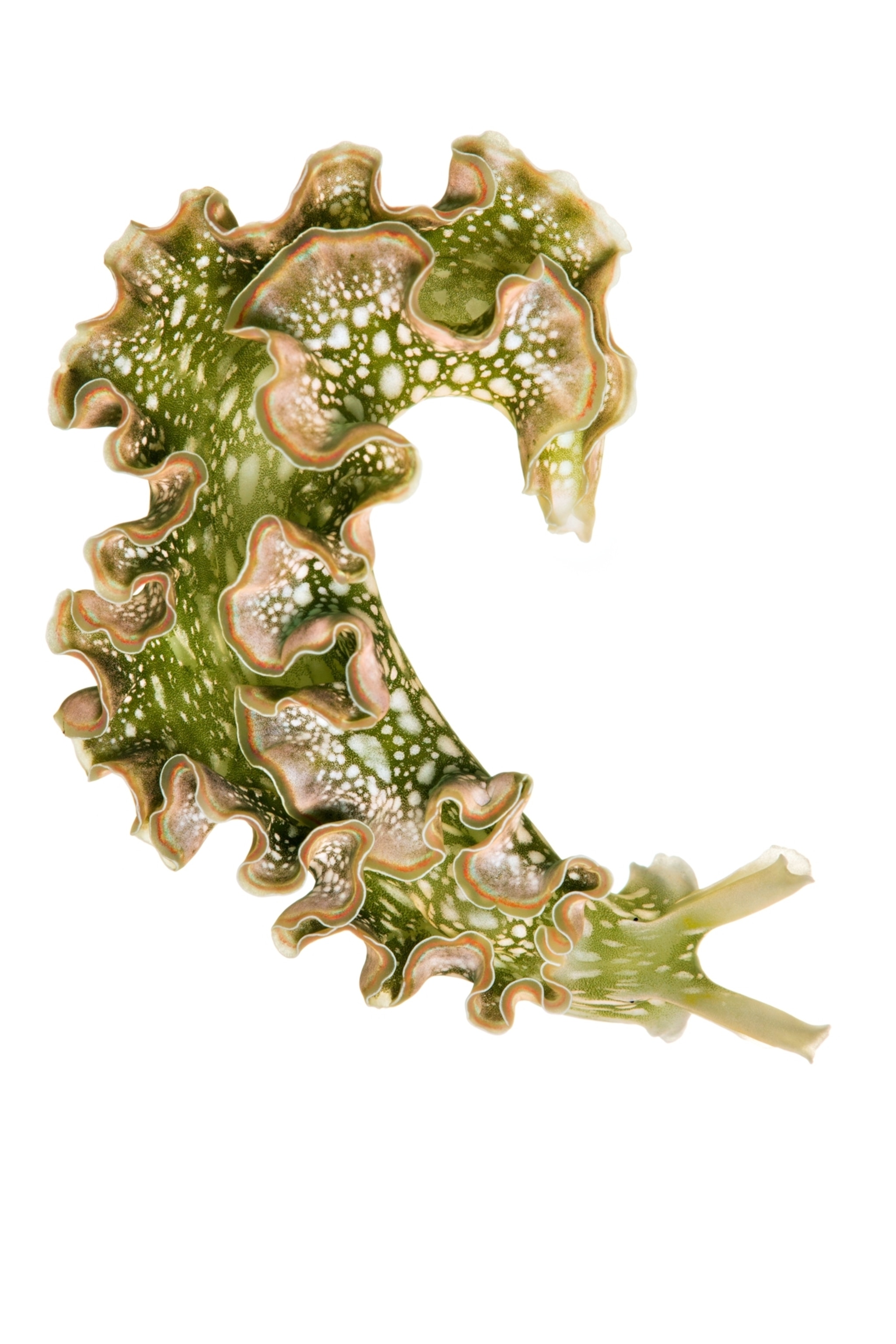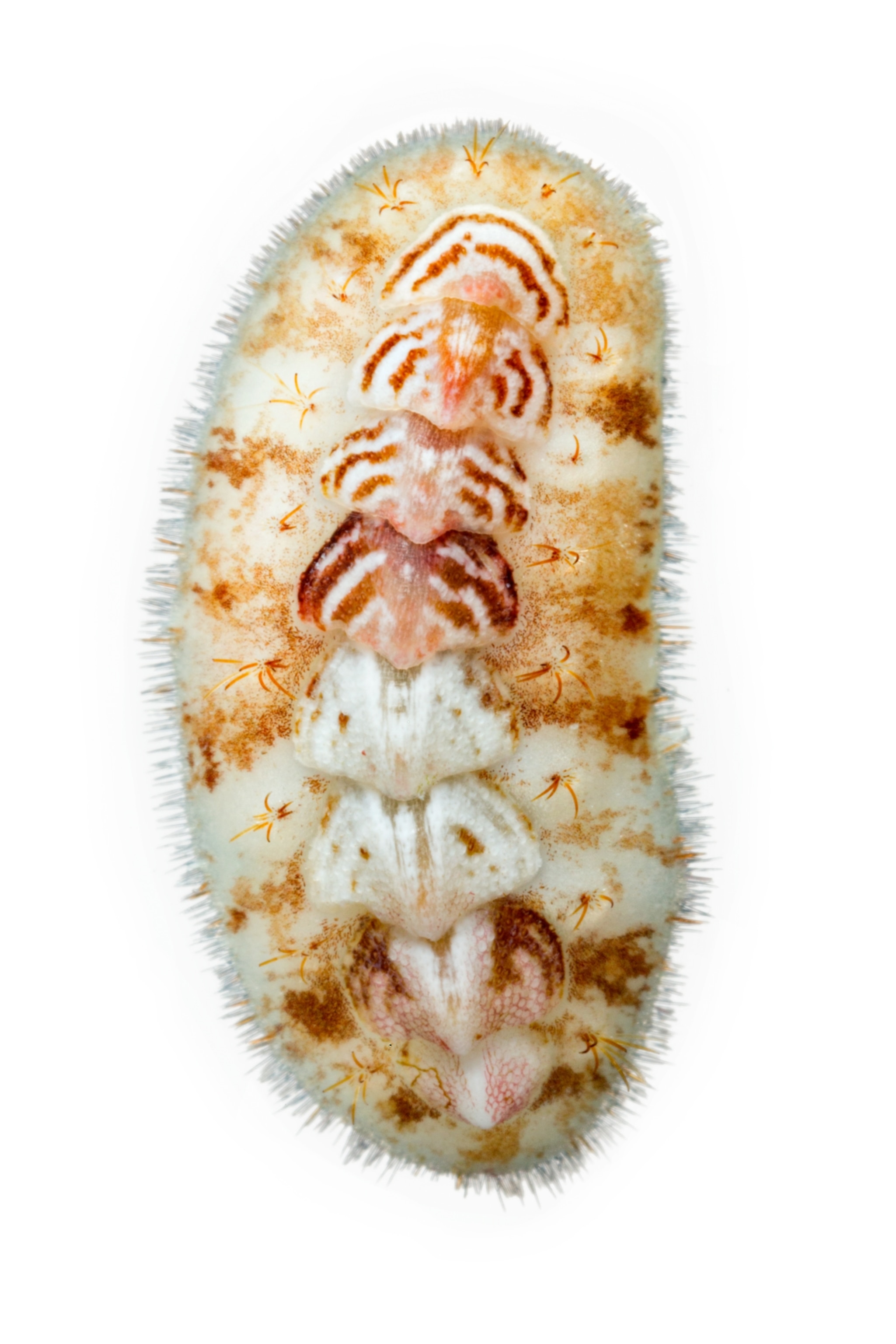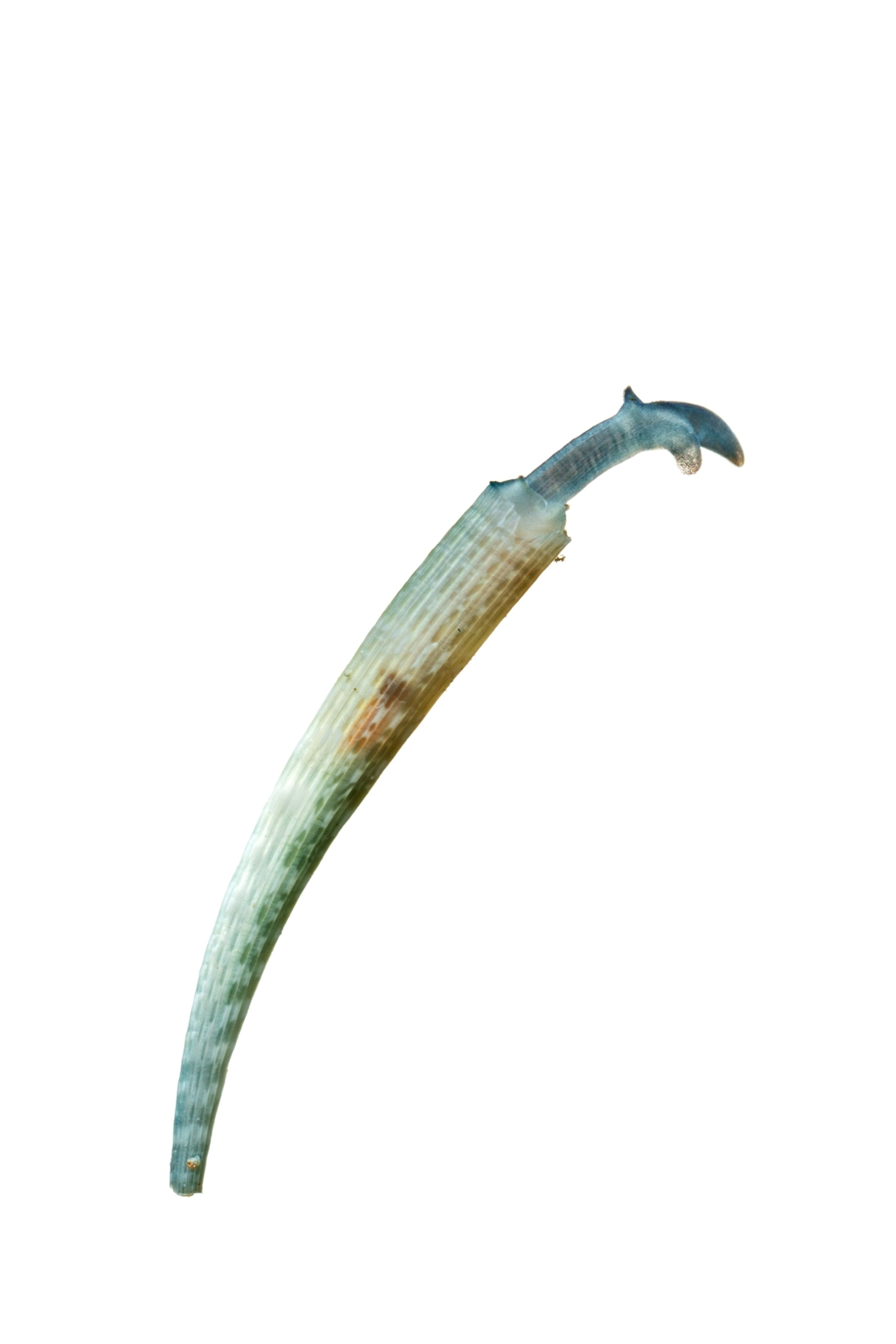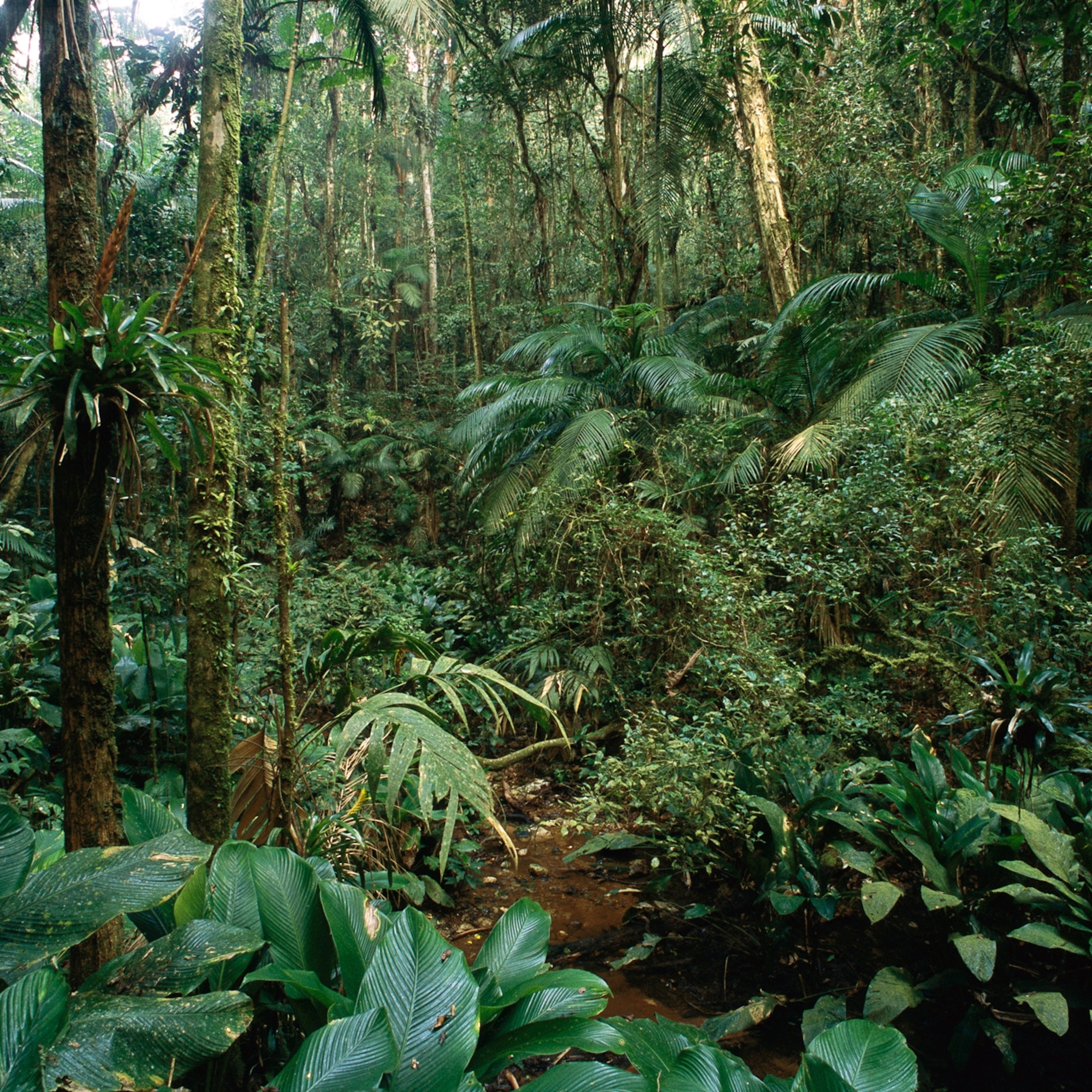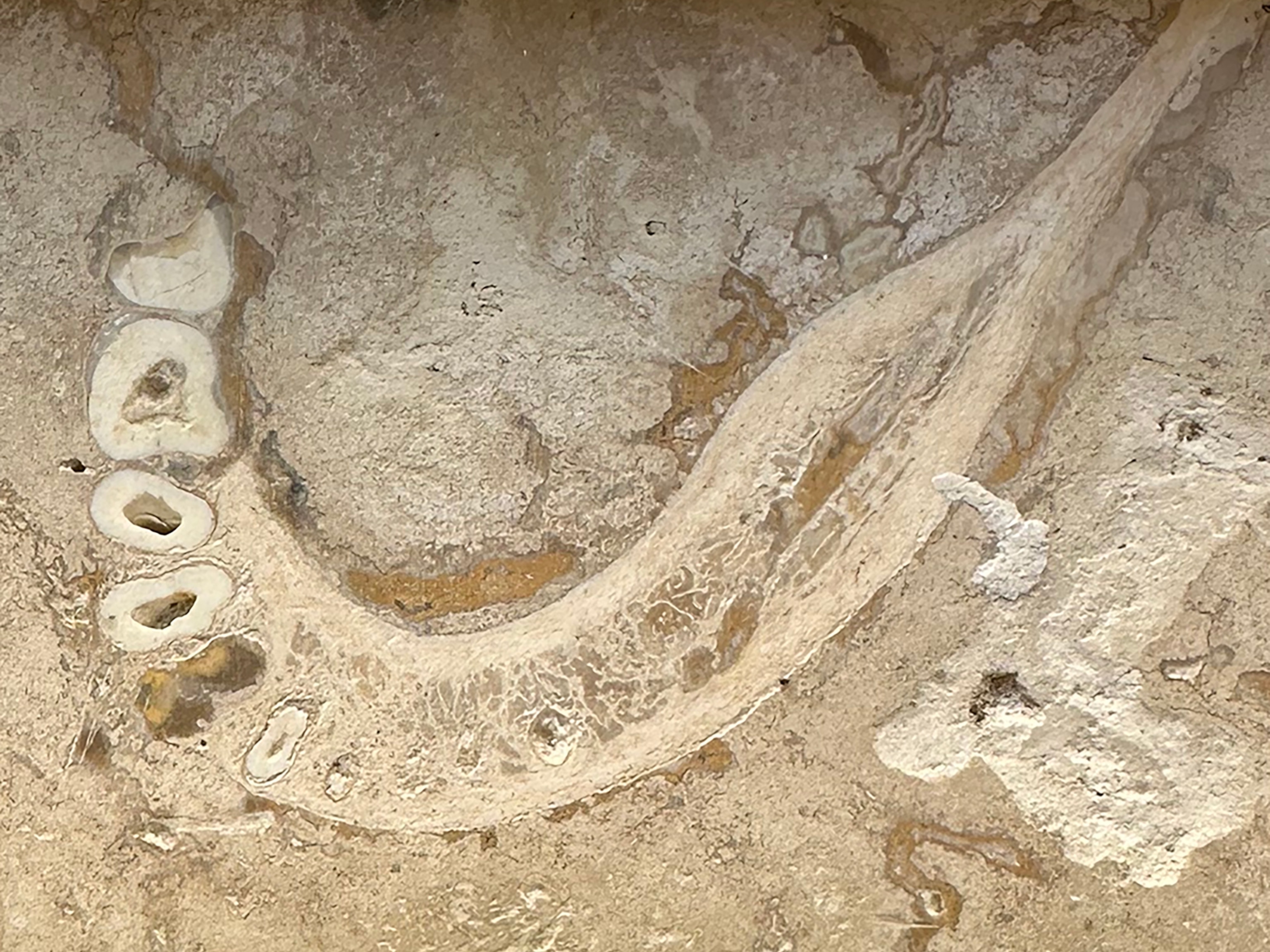First There Were Microbes. Then Life on Earth Got Big.
How did life go from tiny organisms to large, complex creatures? Scientists see clues in fossils from as far back as 570 million years ago.

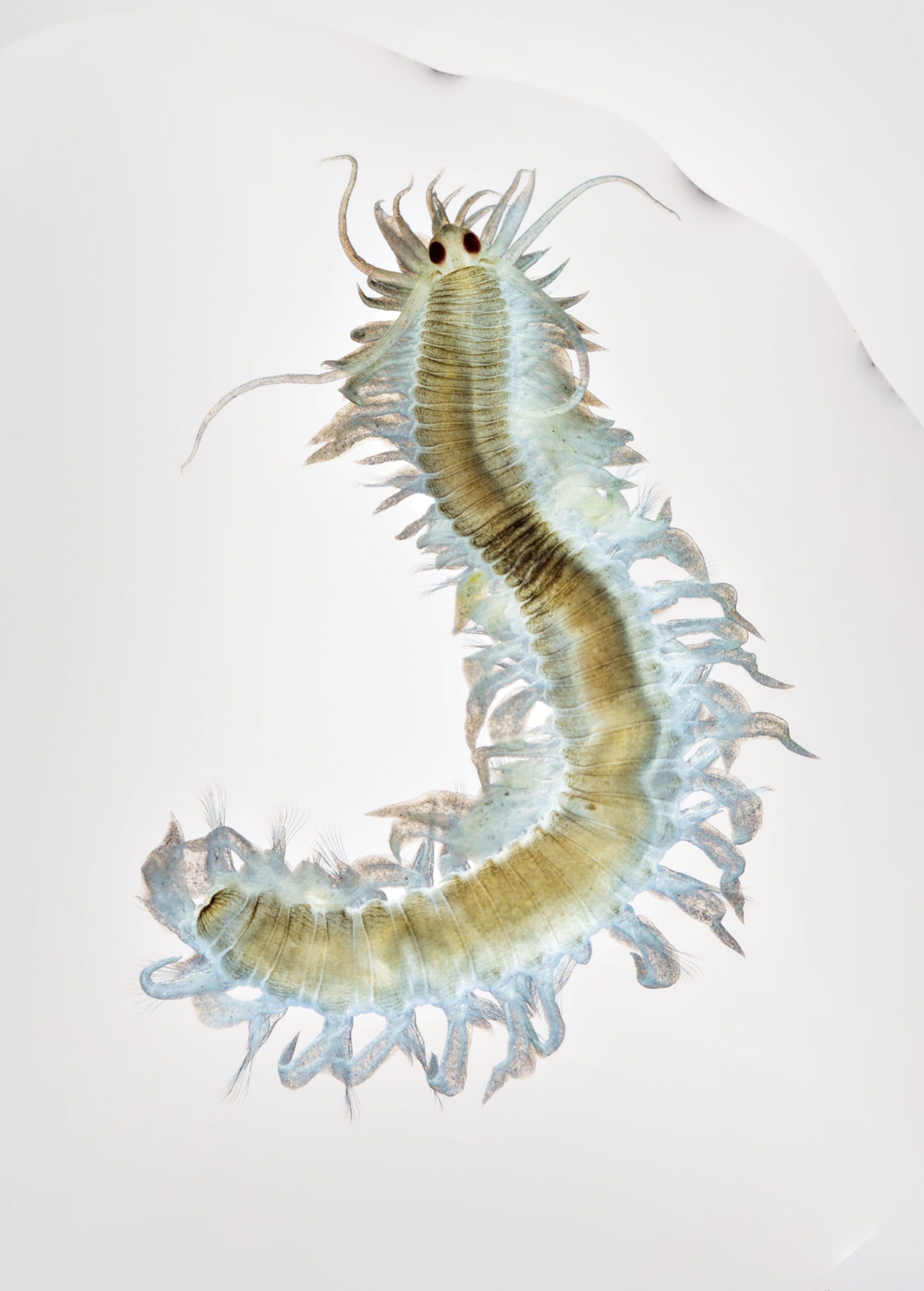
On the southeast coast of Newfoundland, near North America’s farthest eastward reach, lies a promontory of rocky cliffs called Mistaken Point. The place got its name from the shipwrecks it helped cause in foggy weather, when sea captains mistook it for somewhere else. Today it represents something quite different: a set of extraordinary clues, recently reinterpreted, to one of the deepest and most puzzling mysteries of life on Earth. After burbling along for more than three billion years as tiny, mostly single-celled things, why did life suddenly erupt into a profusion of complex creatures—multicellular, big, and astonishing? Although these new life-forms spread worldwide, beginning at least 570 million years ago, the earliest evidence of them has been found in one place: Mistaken Point. Paleontologists have been going there for decades. But what the experts think they see now, in small nuances with large implications, is radical and new.
On a cool autumn day I made the journey to Mistaken Point myself, driving south from St. John’s, Newfoundland’s capital, in a rented Jeep, along a black ribbon of highway through forests of spruce and fir. With me were Marc Laflamme of the University of Toronto Mississauga and his longtime colleague Simon Darroch, an Englishman based at Vanderbilt University in Nashville.

We reached Mistaken Point beneath a blue sky and a blazing sun—rare weather, Laflamme told me, but the strong angled light, especially in late afternoon, helped highlight the subtle fossils we had come to see.
At the Mistaken Point Ecological Reserve, established by the provincial government to protect the fossil beds, we took a gravel road to a broken sea bank and climbed down. Laflamme pointed to a single slab of smooth, purplish gray rock, tilted at about 30 degrees. An image in the stone, like an intricate shadow, suggested the skeleton of a snake, a repeating pattern of ribs and spine, about three feet long. But there was no skeleton here, indeed no bone at all—only the imprint of a soft-bodied creature, dead and buried on the sea bottom a very, very long time ago. It didn’t swim; it didn’t crawl. It couldn’t have lived like any organism alive today. It belonged to a more obscure period, inhabited by cryptic, otherworldly creatures that most people don’t realize ever existed. “This is the first time that life got big,” Laflamme told me as we knelt on the rock.
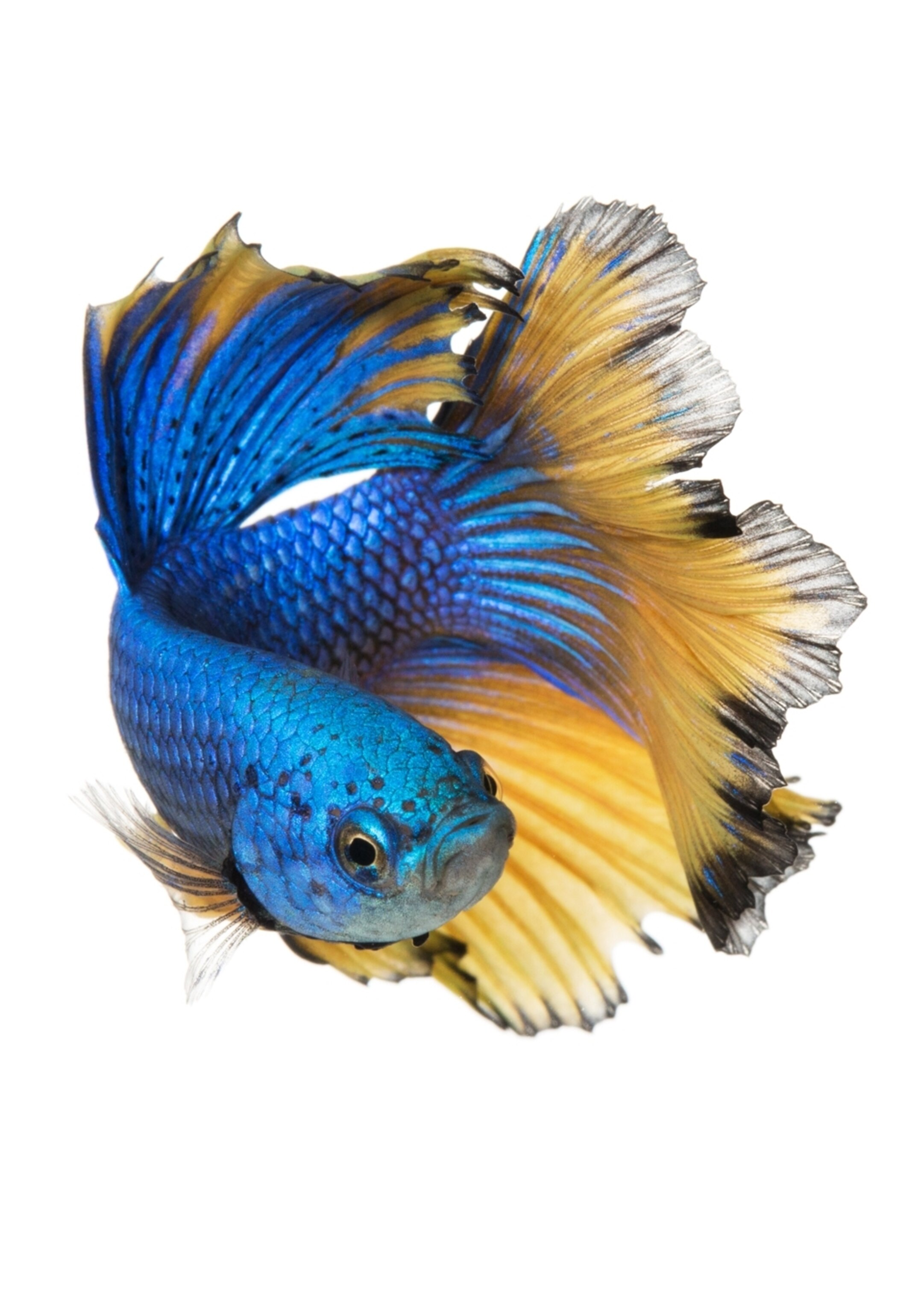
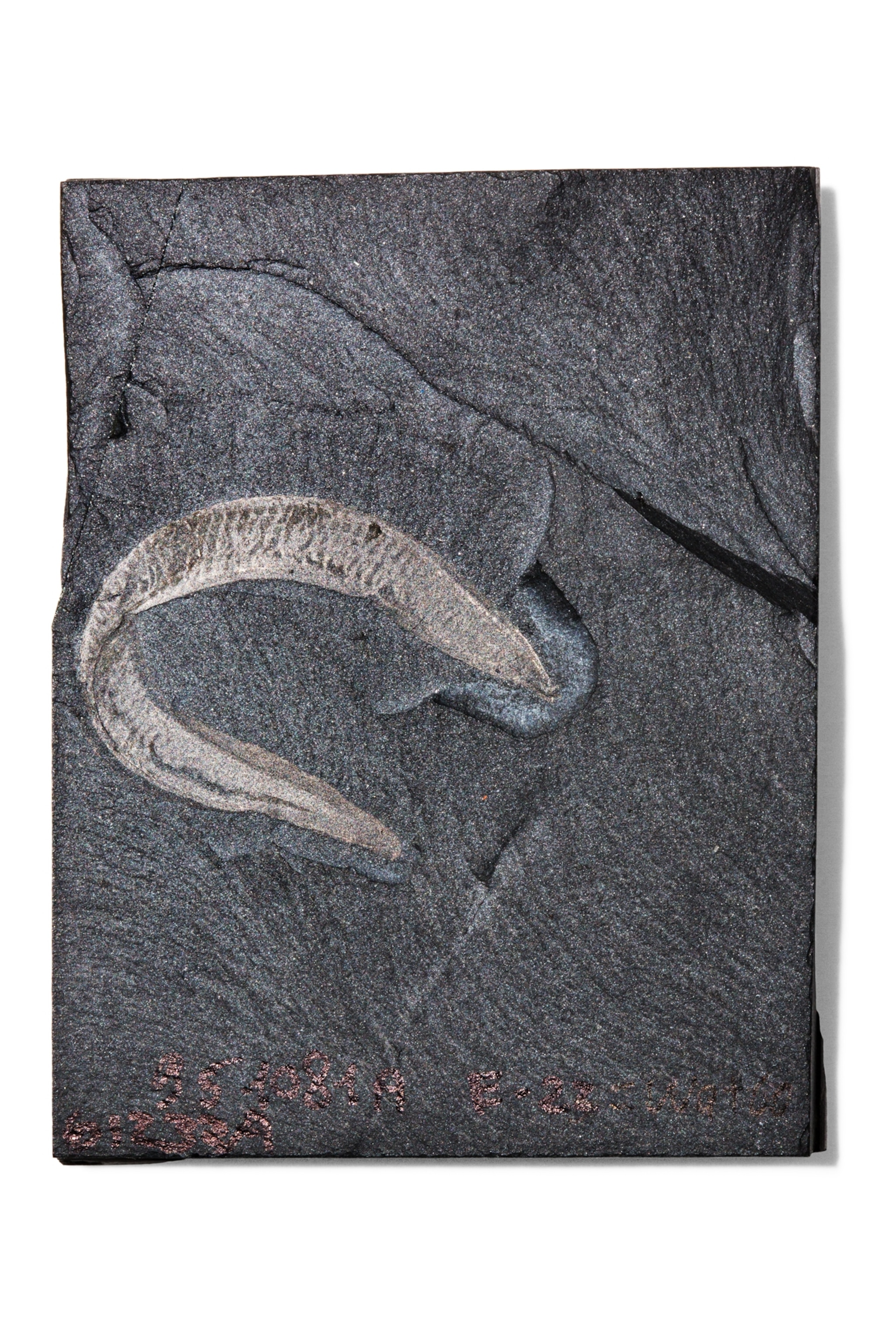
The mystery of these life-forms, known as Ediacarans (Ee-dee-AK-arans), begins in the remote Flinders Ranges of South Australia, where a young geologist named Reginald Sprigg, on an assignment to reassess the derelict Ediacara Mines in 1946, noticed some peculiar impressions in exposed sandstone beds. They seemed to him “suggestive of jellyfish.” They weren’t jellyfish. There were other shapes too, some of them bearing no clear resemblance to any known creature, living or extinct. One figure looked like a fingerprint pressed into the sand.
Sprigg didn’t realize (nor did those who had found similar figures in stone before, unsure what to make of them) that the fossils were about 550 million years old—dating to at least 10 million years before a better known evolutionary drama, the famous Cambrian explosion. Scientists until then had believed that the Cambrian explosion was the point when life on Earth opened out, kaboom, like a starburst of wondrous beasts—elaborate and sizable beings (we call them animals), many of whose descendants are still around. Sprigg’s discovery proved important as a first signal that the period now called Ediacaran, not the Cambrian just following it, was where the saga of bigness and complexity began.
Then in 1967 a graduate student named S. B. Misra noticed a fossil-rich slab of mudstone at Newfoundland’s Mistaken Point. Some of its ancient forms seemed to match the “jellyfish” things from South Australia, others looked like fronds, but several resembled nothing known to science. Other beds nearby, sitting one upon another like layers of Precambrian cake, also proved to contain abundant and various fossils, preserved together as whole communities. Many were still covered with thin crusts of fallen volcanic ash, like icing between each layer of cake. The ash, with its traces of radioactive uranium and the lead into which that decays, allowed for precise radiometric dating of the beds. The Mistaken Point fossils, going back 570 million years, are the earliest evidence on Earth of large, biologically complex beings.
There are now more than 50 different Ediacaran forms known, from nearly 40 localities, on every continent except Antarctica. So what was it, after billions of years of only microbes populating the globe, that allowed the Ediacarans to get big and cover the Earth? And what does their bigness suggest about their internal anatomies, their means of feeding, their ways of living?
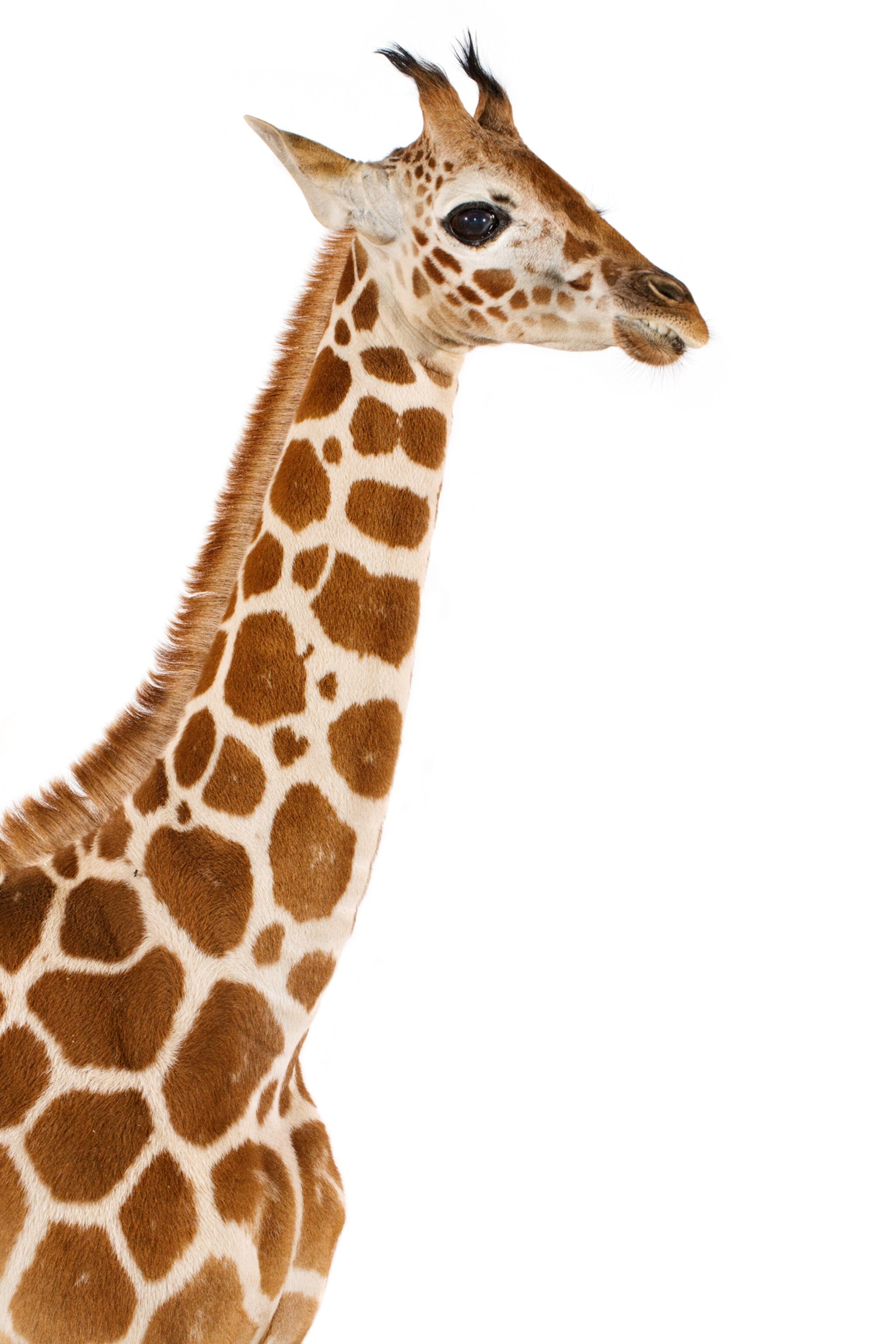

Before Ediacaran forms flourished on the planet, evolution worked on a mostly microscopic scale, kept in check by a shortage of oxygen, the element that fuels animal metabolism. Thanks to marine bacteria that generated oxygen as a product of photosynthesis, levels of the gas rose about two billion years ago but stayed relatively low for another billion years. Then, between 717 million and 635 million years ago, a series of glaciations took place, so widespread and severe that they may have frozen over the entire planet, a situation some scientists call a “snowball Earth.” During that time oxygen levels bumped up again, for reasons that are still poorly understood.
The great freeze ended as volcanic eruptions spewed carbon dioxide into the atmosphere, creating an early greenhouse effect that warmed the planet and thawed the oceans. Another brief glaciation around 580 million years ago, known as the Gaskiers, may not have been global, but it put Newfoundland, among other places, in a deep freeze. These changes all preceded the earliest appearance of Ediacarans in the fossil record. Were they the causes of what happened next? Did the end of the glaciers, an increase in available oxygen, and the evolution of more complex cells allow the Ediacarans to blossom, like the first crocuses of springtime? Maybe.
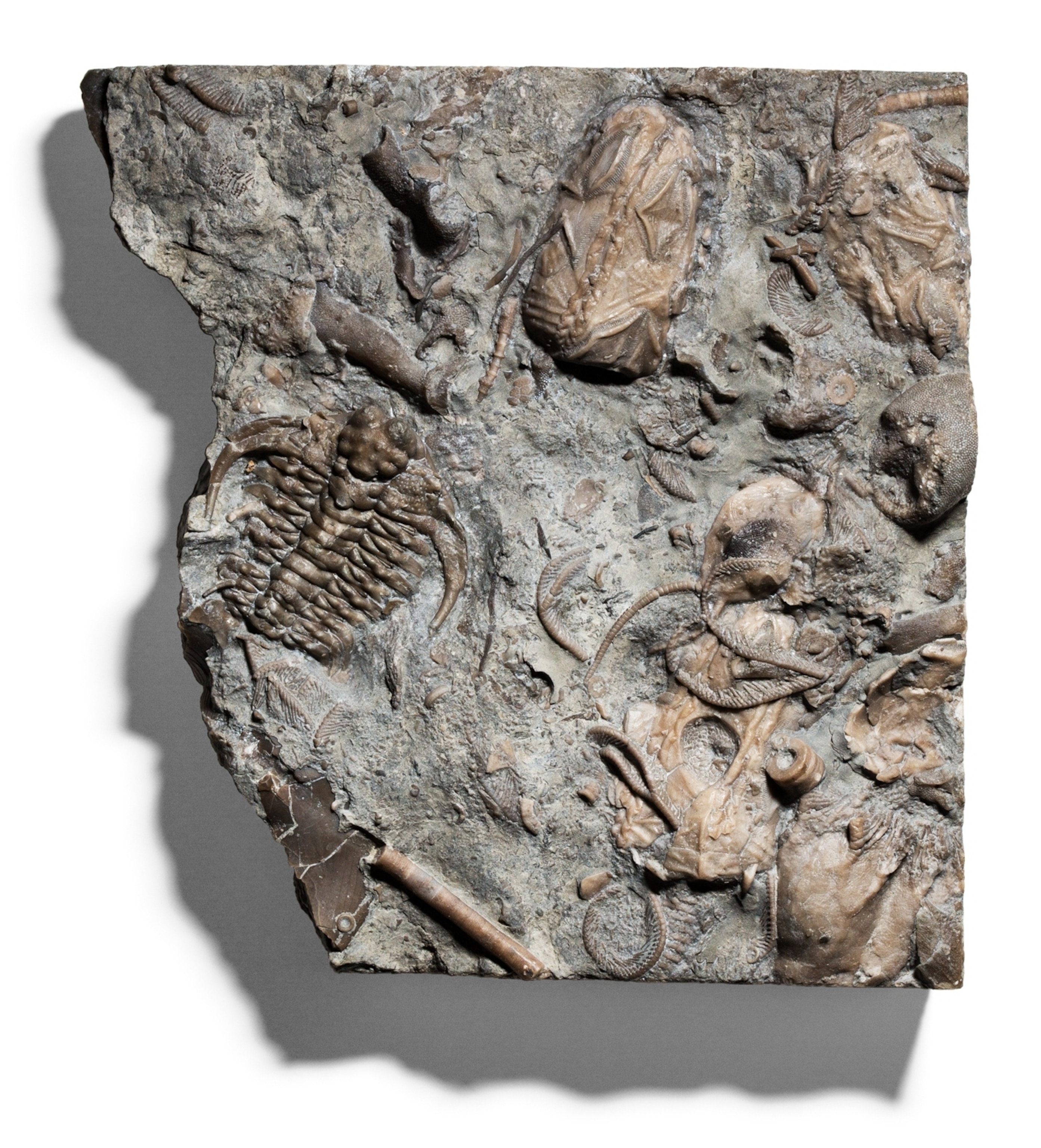
Equally enigmatic is their relationship to life today. One eminent German paleontologist, Adolf Seilacher, assigned them to a kingdom all their own, distinct from the animal kingdom, because of what he called their “unique, quilted type of biological construction,” so different from most multicellular animals. The “quilted” effect seemed to offer structural stability that might have compensated for the absence of a skeleton. Maybe the quilting, and the frondy shapes, also helped maximize surface area, so they could better absorb nutrients through their skin.
Nutrition would have been problematic for the Ediacarans because, so far as fossil evidence reveals, almost none of them had a mouth. They had no gut, no anus. No head, no eyes, no tail. In some cases there was a sort of anchoring knob or disk at one end, now known as a holdfast, which gripped the sea bottom and allowed the frond to waft upward in the water. Many sea-bottom areas at that time were coated with thick microbial mats, which helped stabilize the sediments like a layer of crusty soil. But the frond wasn’t a plant—photosynthesis couldn’t have nourished it—because many Ediacarans lived in the depths, thousands of feet underwater, where light didn’t penetrate.
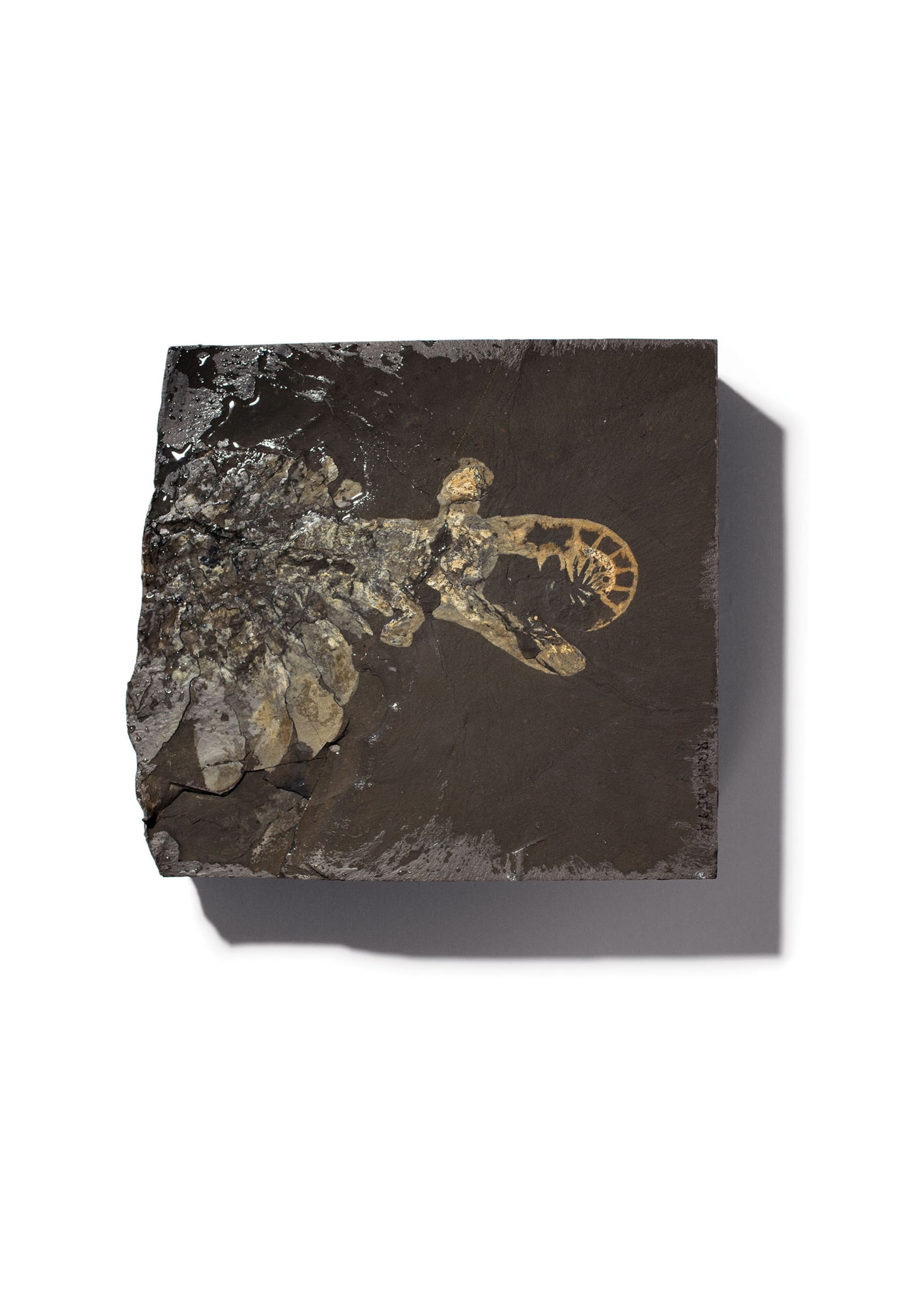
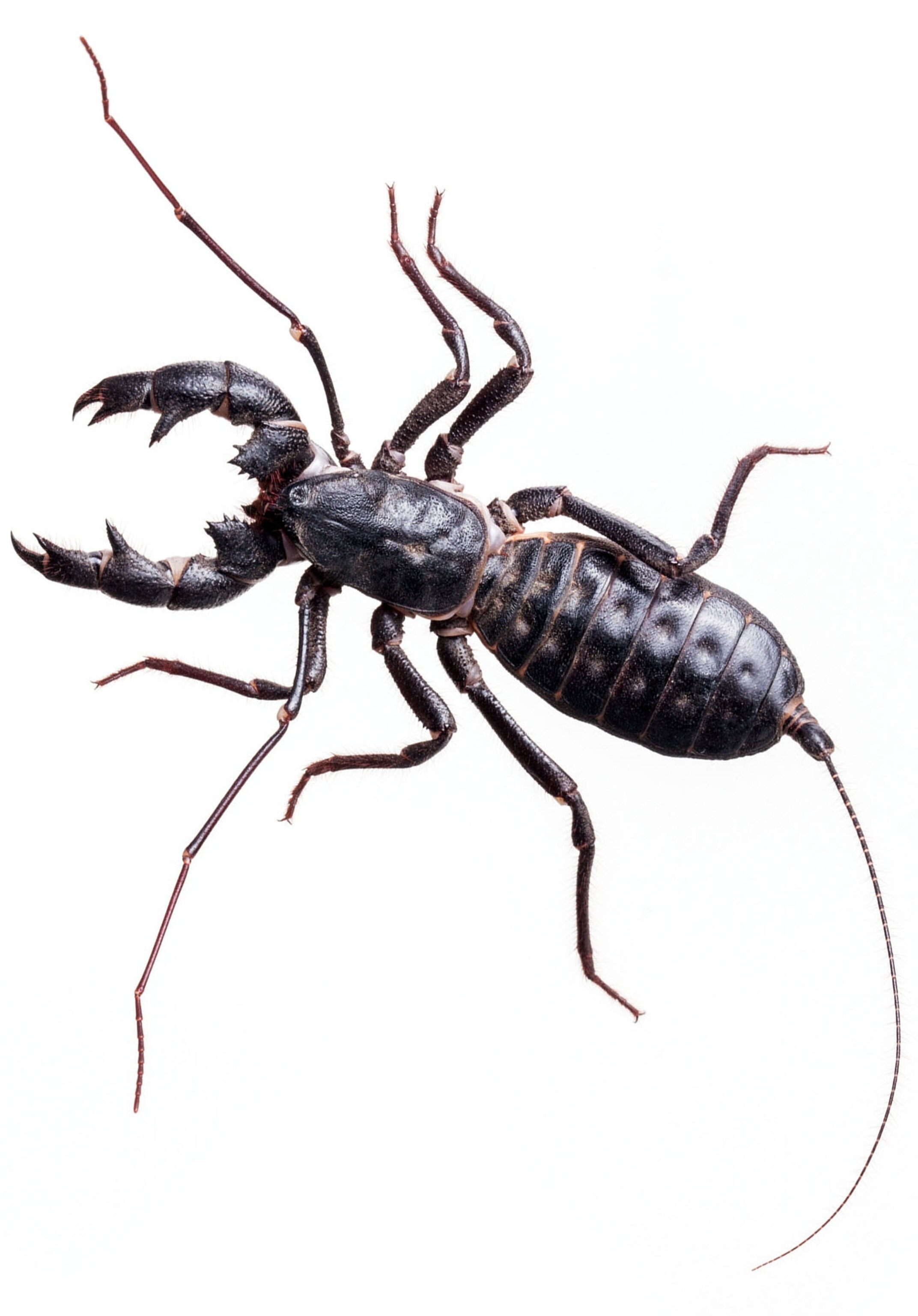
If they couldn’t eat and they couldn’t photosynthesize, how did they nourish themselves? One form, a sluglike thing called Kimberella, may have scratched up and swallowed (this one did have a mouth, major advantage!) sustenance from the microbial mats beneath it. But the leading hypothesis for most Ediacarans is osmotrophy, a fancy word for a very basic process: the uptake of dissolved nutrients by osmosis, or absorption through their outer membrane. It was good enough, maybe, in a simpler world at a simpler time, but it would have been meager sustenance. Some scientists have focused on another fascinating aspect of many Ediacarans: their finer architecture. At a glance they look quilted, but close inspection reveals that their structure is fractal. That is, similar patterns repeat themselves at progressively smaller scales. A big frond was composed of smaller fronds, and those smaller fronds composed of still smaller fronds, all similar except for size. The basic shape echoes itself at three or four scales. Possibly that fractal structuring helps explain how they were able to grow large. It provided some rigidity, it maximized surface area, and perhaps it reflected a genetic shortcut. A simple formula in the genome might have specified: Build a small frondy unit, then repeat that operation over and over, adding one upon another, to make me big.
This sort of fractal structure showed in the snakelike creature Marc Laflamme and I saw in the purplish gray rock at Mistaken Point. It shows too in a number of other Ediacarans, collectively called rangeomorphs, named for a Namibian exemplar of the form, known as Rangea. During our day on the Newfoundland rocks, Laflamme steered my eyes onto many more rangeomorphs, inconspicuous from 10 feet away but spooky when viewed closely. Here was Beothukis mistakensis, a paddle-shaped frond, named for its locale of discovery. Over there was Fractofusus, a spindle-shaped form, tapered at both ends. It lived flat on the sea bottom. When death came to a community of Ediacarans, as when a blizzard of volcanic ash settled through the seawater to smother them or an avalanche of sediment came off a steep slope to bury them, the vertical frondy things sometimes got smashed over (as the fossil evidence shows), but the Fractofusus spindles seem to have died gently where they lay.
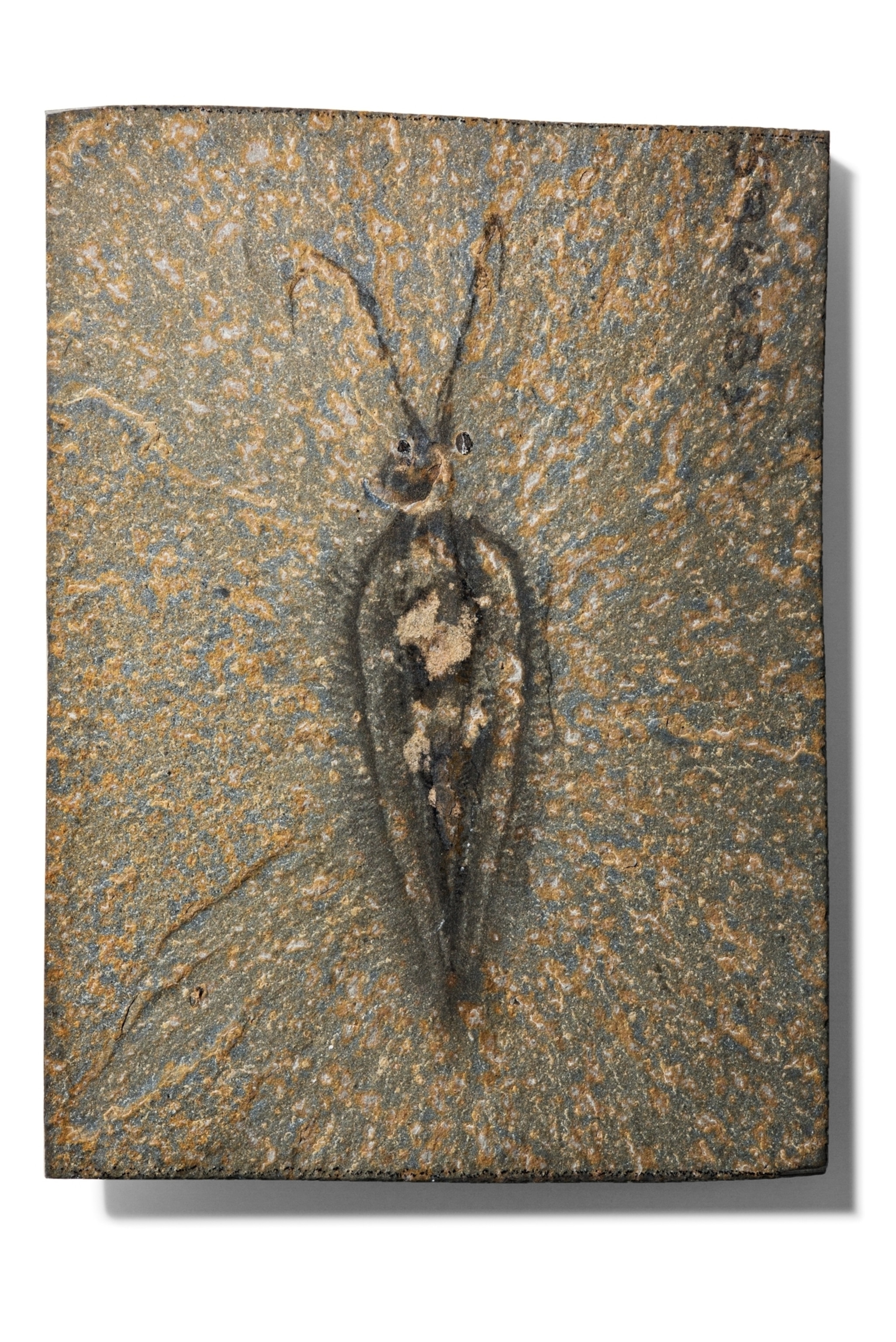
Although these rangeomorphs dominated the deep-sea ecosystem at Mistaken Point for millions of years and flourished elsewhere in somewhat shallower water, they all disappeared, leaving no known descendants. By the start of the Cambrian period 541 million years ago, or soon after, they had almost entirely vanished from the fossil record as we know it. That’s why some scientists have suggested that the Ediacarans represent “failed experiments” in the early evolution of multicellular life.
Why did the Ediacarans suddenly disappear? Was the extinction absolute, or were there descendants in different forms? And if the end wasn’t so abrupt and complete, what finished the Ediacarans as Ediacarans, dying off species by species in obscurity?
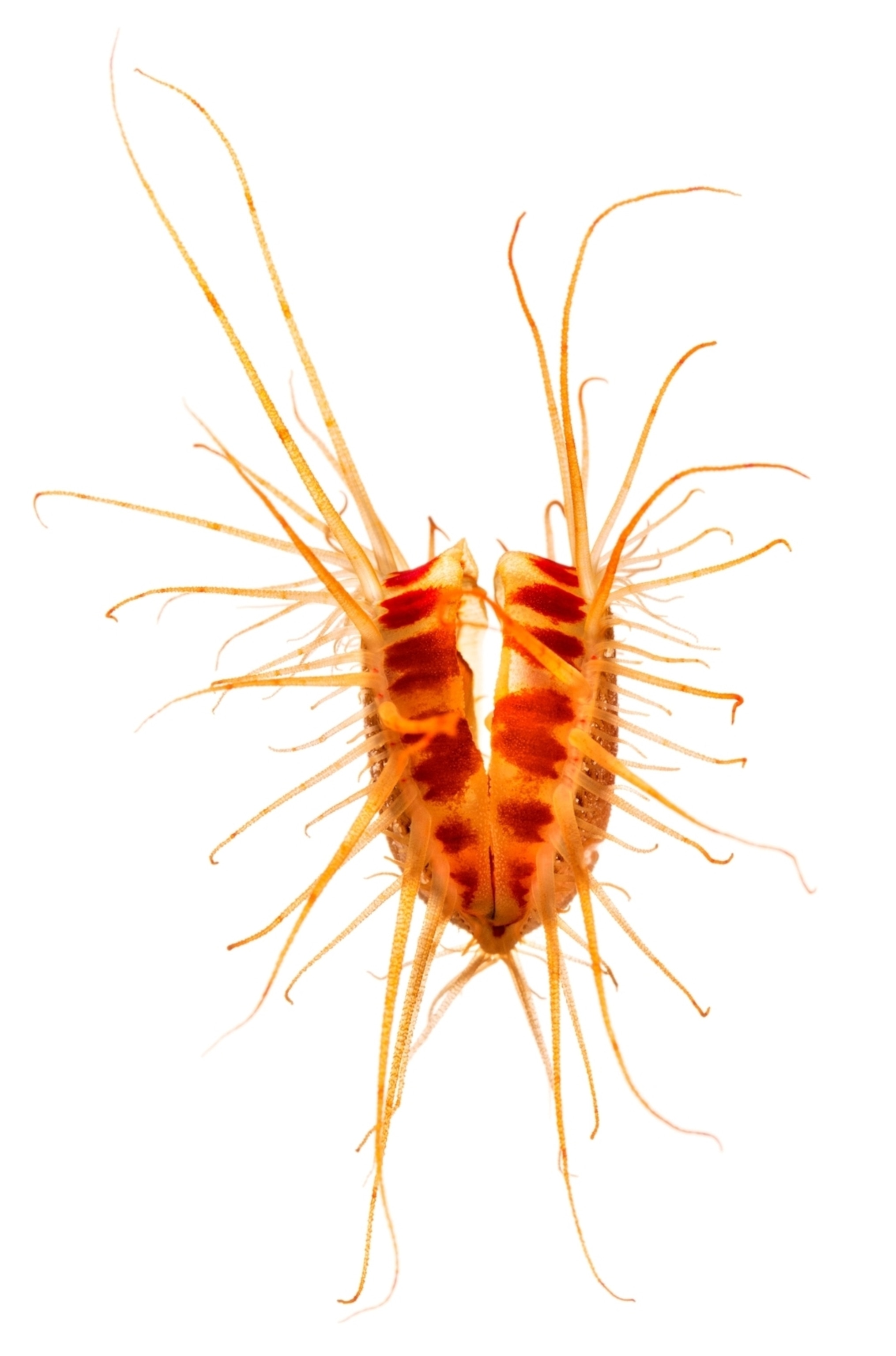
Laflamme’s colleague Simon Darroch has offered one possible answer. On the afternoon of our visit to Mistaken Point, Darroch reached into his day pack and produced a surprise: small pieces of flat brown stone from the late Ediacaran beds he studies in Namibia. He had brought them from his lab at Vanderbilt to show me some trace fossils. A trace fossil, as distinct from a body fossil, records traces of animal activity—moving, chewing, defecating—as preserved in rock. It’s a record of behavior, not of bodily shape. Any such traces are notable in the Ediacaran period, because most Ediacarans couldn’t do those things: move, chew, or defecate.
“This is a very static, sessile ecosystem,” Darroch said, referring to a famously rich early Ediacaran fossil bed on which we stood.
The later Ediacaran, as revealed in Namibian rocks, was much different. One big difference, he said, was that “for the first time we have complex burrowing.” Experts disagree about just when the intricate patterns of burrowing creatures first appeared, but by any judgment those traces signaled a big change from the Ediacaran to the Cambrian. Wormy creatures had long been wriggling along on the sea bottom; now they were tunneling down into it as well. Darroch showed me a little slab marked with dotted-line traces. “They’re on the surface, and they disappear, then they come to the surface again.” That was evidence of an organism with complicated musculature, allowing it to move about in three dimensions. If it moved that way, it had a front and a rear end. On its front end, probably a mouth. In the mouth, maybe teeth. These were extraordinary new tools and capacities at the time. The worms crawled in, the worms crawled out, disrupting the microbial mats, possibly munching directly on Ediacarans. In a recent paper, Darroch and his co-authors (led by James Schiffbauer, and including Laflamme) have called this early Cambrian time the “Wormworld.” It was no place for Ediacarans.
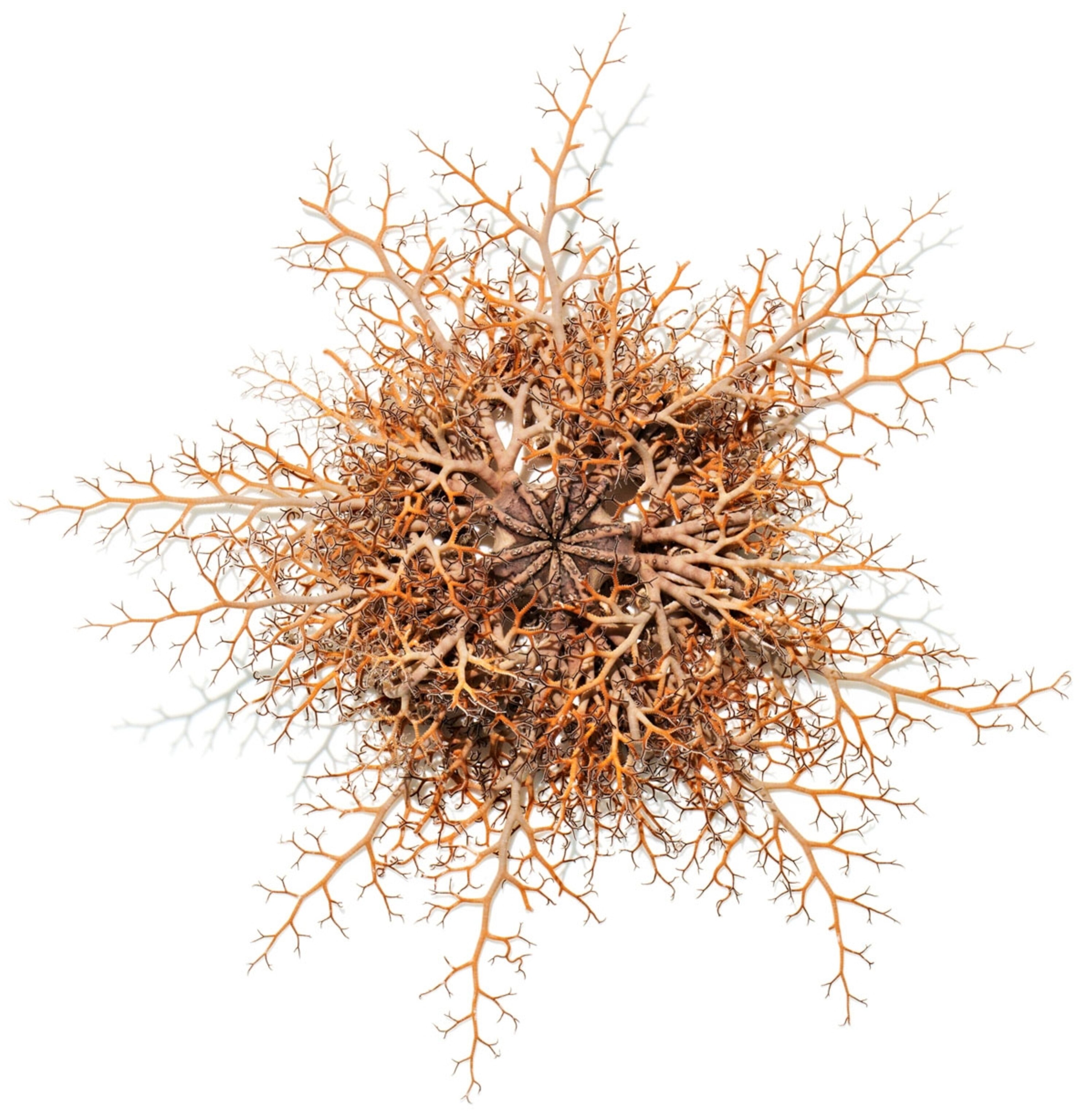
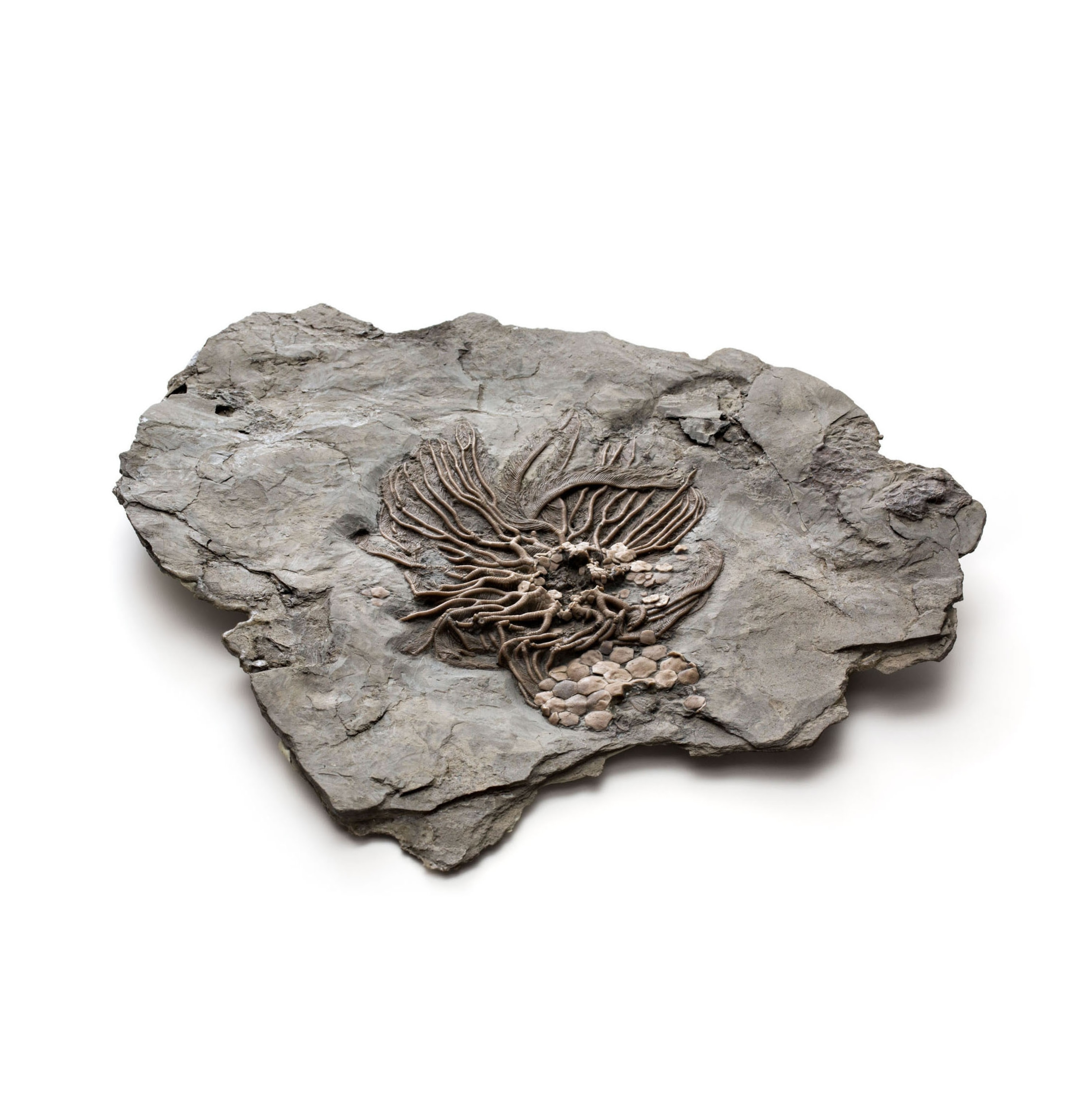
Worminess wasn’t the only factor that brought oblivion to the Ediacarans and triggered the Cambrian explosion—there also were changes in ocean chemistry that allowed animals to acquire hard parts (calcium-rich skeletons, teeth, and shells), a generalized increase in modes of mobility (not just burrowing), and the rise of predatory habits, among other things. But the worminess of that transitional time, in the late Ediacaran period, may have played a crucial role. A few weeks after our Mistaken Point outing, I talked with James Gehling, a leading Ediacaran researcher. Go up to the Flinders Ranges in South Australia, near the Ediacara Hills, he told me by phone from his office in Adelaide, and look at the first formation of Cambrian sedimentary layers. “It’s just Swiss cheese.” Burrowed all through by wormy creatures that had churned the sand and “recycled” the soft-bodied Ediacarans. “That’s where the Cambrian begins,” Gehling said. “The advent of the musculature to burrow.”
Guy Narbonne, at Queen’s University in Ontario, largely agrees with the importance of burrowing. But together with his graduate student Calla Carbone, he has taken Wormworld a step further. Based on careful analysis of trace fossils from the late Ediacaran and the early Cambrian, Narbonne and Carbone noticed a significant difference in how those wormy creatures turned. By the early Cambrian, burrowing animals became more systematic in their searches for food, as well as more muscled. They ranged more efficiently, tracking the resources better and crossing their own tracks less. “It reflects the evolution of braininess,” Narbonne told me. “Our interpretation,” he added, “is that the Cambrian explosion is when behavior became coded on the genome.” They titled that paper, “When Life Got Smart.”
Most experts would agree that smartness, even on a level expressed by a primitive worm, wasn’t a wrench in the Ediacaran tool kit. Those creatures’ genomes may have been coded for fractal repetition—at least in the rangeomorphs, where it yielded a simple sort of complexity—but not for responsiveness to circumstances, or efficiency. Still, it’s a mistaken point to dismiss the Ediacarans as doomed. People made that error with the dodo, when they branded it an emblem of ill-fated stupidity. But the real dodo, Raphus cucullatus, a large, flightless, fruit-eating bird endemic to the island of Mauritius, had thrived in its peaceable home for many thousands of years—until Homo sapiens and other predators arrived. Likewise the Ediacarans, with their own new threats. You can call them “failed experiments” in evolution if you want, but they succeeded and flourished, within their preferred but challenging environments, for more than 30 million years. We humans should be so steadfast and lucky.

